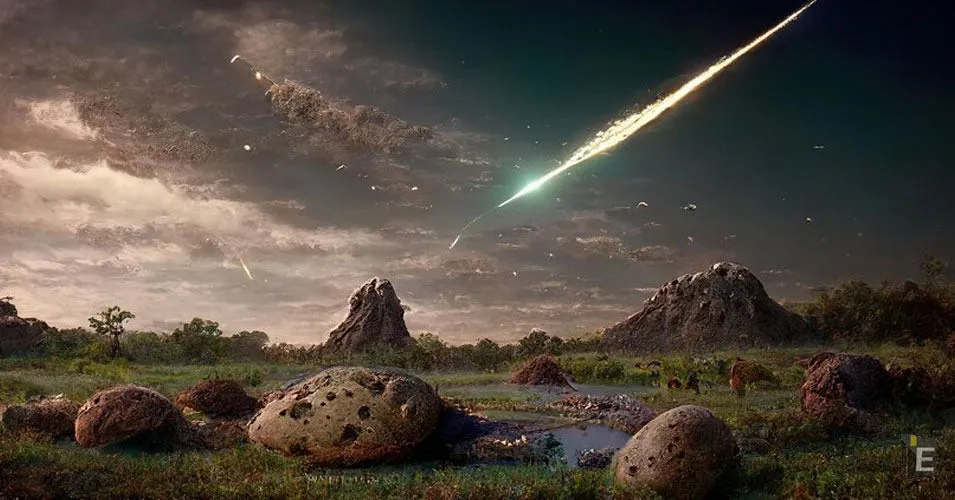


World Geography General Knowledge Questions and Answers vital section under GK is vital for competitive exams. In this World Geography section, atmosphere, ecosphere, rivers, oceans, continent General Knowledge Questions are generally asked in competitive exams.
Here, I am sharing World Geography General Knowledge Questions and Answers related to Geography of the World, river, oceans, atmosphere, etc for those learners who are preparing for competitive exams and government exams.
Also, Read Latest Current Affairs Questions 2022: Current Affairs Today
Students can quickly get free General Knowledge Mock Test and Current Affairs Mock Test on this platform for online exam practice to obtain good marks in competitive exams.
Q :
In which rocks is petroleum found?
(A) Igneous rocks
(B) Ancient stratified rocks
(C) From rock
(D) Sedimentary rocks
Fossil fuels, petroleum and natural gas are found in sedimentary rocks.
Which of the following imaginary line divides India into almost two equal parts?
(A) Equator
(B) Arctic Circle
(C) Tropic of Capricorn
(D) Tropic of Cancer
On which day is the autumnal equinox?
(A) 22 September
(B) 21 September
(C) 23 September
(D) 20 September
What is the maximum distance between two longitude lines near the equator –
(A) 121.32 km
(B) 105.32 km
(C) 111.32 km
(D) 111.21 km
Which is the largest volcano in the solar system?
(A) Knicks Olympia
(B) Stromboli cotopaxy
(C) Cotopaxy
(D) Olympus Messi
Olympus Mons, first identified by Nasa's Mariner 9 spacecraft in 1971, is a shield volcano towering at a height of 21.9 km, making it two and a half times taller than Mount Everest. It is the largest volcano in the entire Solar System.
When and where was the great experiment called Large Hadron Collider done?
(A) 10 Sep Africa
(B) 15 March India
(C) March 17 Japan
(D) 30 March Geneva
The tunnel is circular and is located 50–175 metres (165–575 feet) belowground on the border between France and Switzerland. The LHC ran its first test operation on September 10, 2008.
Lonar Lake is an example of
(A) Dwarf planets
(B) Asteroids
(C) Comet
(D) All these
On which day are Apsolar and Sub-solar?
(A) 3 July 4 January
(B) 3 January 4 July
(C) 3 June 4 December
(D) None of these
This is the June solstice, after which the subsolar point begins to migrate south. After the September equinox, the subsolar point continues to move south as the Southern Hemisphere tilts toward the sun. Around December 21, the subsolar point hits the Tropic of Capricorn (23.5°S).
Which part of the earth is called Nife?
(A) The Cover
(B) Ground Belt
(C) Central Part
(D) Upper Part
The innermost layer of the earth is the core. This central mass is mainly made of nickel and iron and therefore is known as NIFE.
What type of volcano is Sultan (Iran)?
(A) Active
(B) Dormant
(C) A and B
(D) None of these
Get the Examsbook Prep App Today